Would you like to offer Paintless Dent Removal at your existing business, or start your own company?
Come and learn from one of the best professionals in the country, Eric Reckhard, owner and master PDR technician with more than 35 years of experience in the autobody repair industry.
Classes are a maximum of 2 trainees and focus on step-by-step processes. You can learn how to work in various scenarios, from small dents on top and side panels to more complex repairs like hail damage, crease dents, body lines, and dents on the edges of panels. Classes also focus on selecting the proper tools, access dents without drilling, brace configurations, and detailed secrets of inner panels.
We also offer additional advanced training, where we cover more complex damage in all areas of the vehicle, both foreign and domestic.
Please keep in mind that learning the art of Paintless Dent Repair is an ongoing process. The longer your training is, the more details we can get into, and therefore the shorter it will be before you are ready to go out on your own.
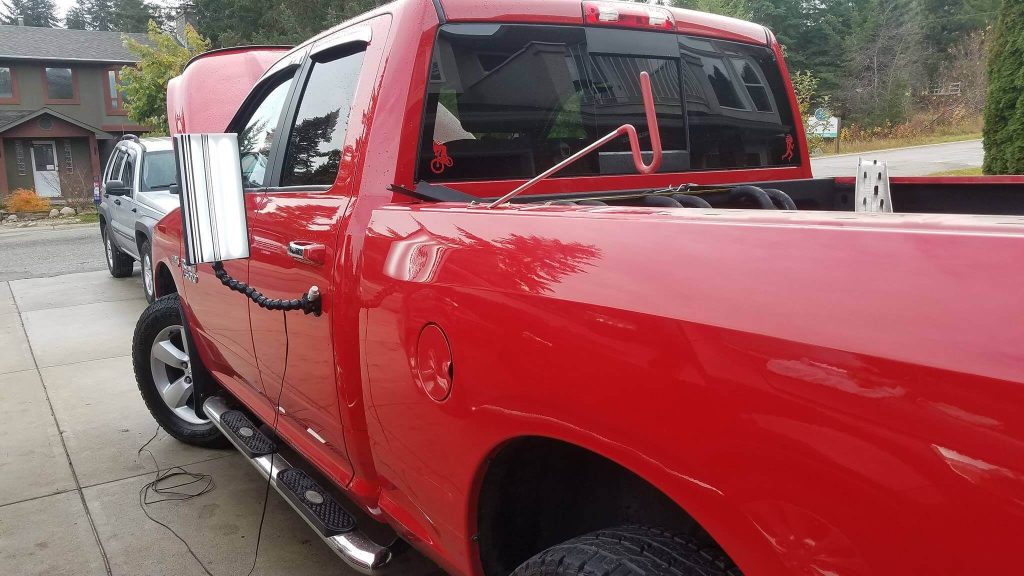
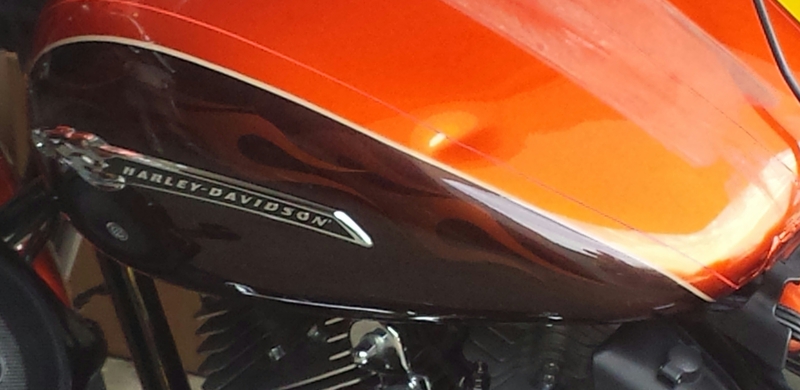
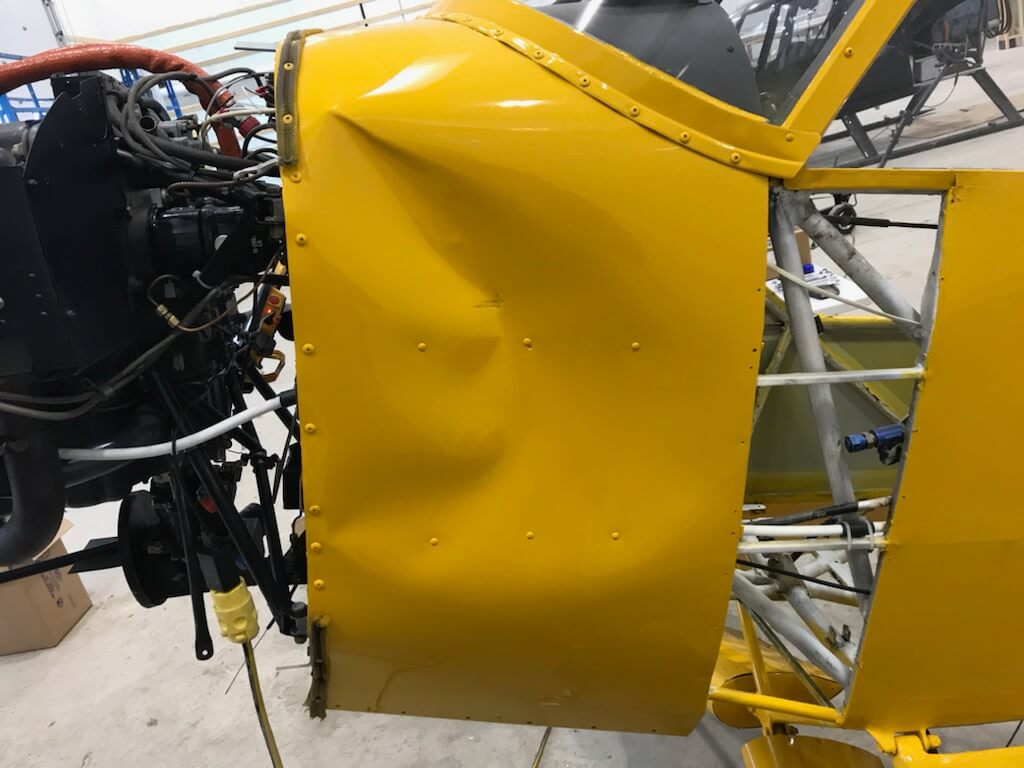

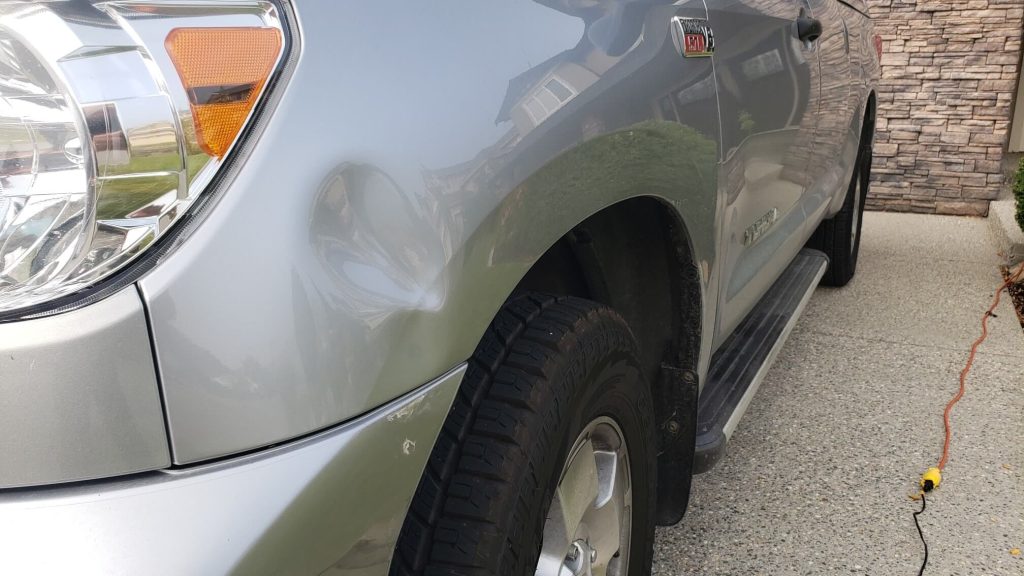
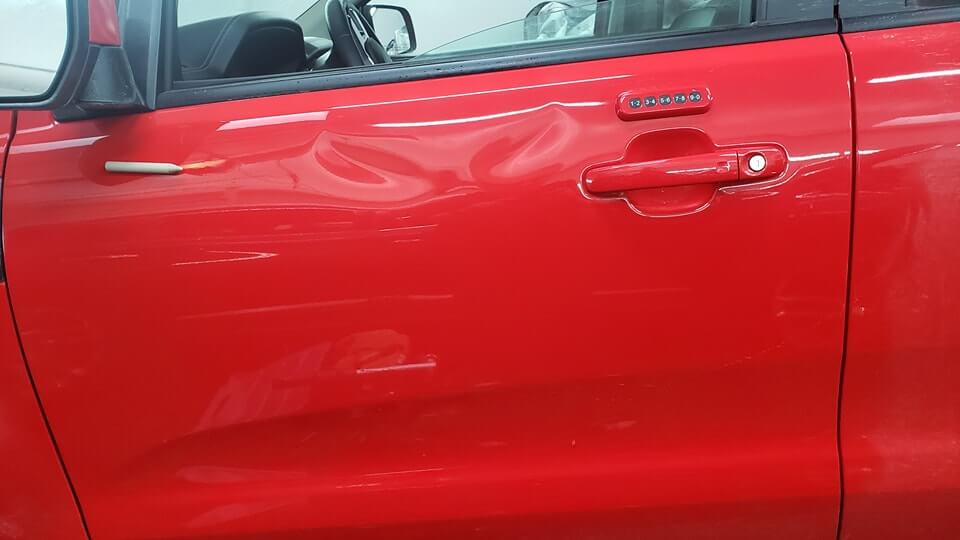
What’s In The Course?
- Introduction to PDR and explanation of different styles of dents
- Orientation and demonstration of PDR processes
- Explanation of damage theory and description of metal characteristics
- How to properly read different lights and the proper use of them
- Proper tool selection for a variety of damages
- Tool location exercises on practice panels
- High point recognition and removal techniques
- Removal of small lows
- Initial removal of small and medium-size dents on practice panels
- Perfecting small and medium-size repairs
- Initial removal of deeper and larger sized dents
- Perfecting deeper and larger size damage
- Techniques for removing creased dents, body line damage, pressure dents and hail damage
- Review all access points for all panels of the vehicle to ensure a “drill-free” technique
- Access lessons continued for hail with emphasis on headliners and interior trim
- Finishing techniques, including the removal of micro lows
- Double metal and ways to access damage in these areas
- Proper color sanding and polishing
- PDR practice exercises
- Advanced use of lights in direct sunlight
- Cross-checking techniques
- Tool customization basics
- Recommendations on Paintless Dent Repair tools from companies around the U.S.A.
- How to properly repair stretched dents and dings
- Aluminum repairs
- Glue pulling for non-accessible areas and larger damages
- How to deal with retail customers & body shops
- Estimating dents, dings, creases & hail repairs
Testimonials
I had a great experience with Eric doing the dent training in Jan 2020. One-on-one training is the best, which means you can take your skills to another level. Eric has great patience and understanding and such a fantastic eye for detail; he makes you feel at ease when learning, which makes it so much easier to take it in. I feel I have a rock-solid foundation, and I’m definitely set up for success. He is very approachable both during and after training; when I need advice on how to best tackle a particularly difficult or awkward dent, he is always at the other end of the line. If PDR is what you are looking to get into, I highly recommend Eric as your mentor and trainer. He will be my mentor for many years to come.
James Collen – Student
5 out of 5 stars! — In the two weeks I was enrolled in the course, I learned so much more about Paintless Dent Repair and how to perfect the craft than I would’ve ever imagined, and I learned it from the best! Eric’s level of knowledge in dent repair is incredible. He answered any question I had with a clear answer or solution. He also walked me through each step of a dent repair thoroughly and at my learning pace. On top of that, his patience, friendliness, passion, and hospitality are out of this world! I couldn’t imagine learning Paintless dent repair to the extent I did from anywhere else!
Kalem – Student
I started Eric’s Okanagan Dent guy course about five years ago. He was a great teacher when giving you the basics around recognizing where to push the dent with many different exercises to practice with. He would be right behind you to let you know where you’re at and where you should be.
I came for two weeks to learn the basics and went back home to practice on my own for a bit. I returned a month later for him to correct me of the bad habits I had developed or needed some more guidance to perfect it. Of course, a lot of it is entirely if you can handle it. I personally know people who have learned from others and could not find the dent with the tool tip as quickly as I could.
With anything, it takes time to get good at something. I’ve been pushing hail on cars for close to 4 years now and have good speed. I’m considering coming back to Eric for some glue-pulling knowledge and perhaps to learn how to tackle the “big ol doozy of a dent” from him.
His course is excellent to get you started, and I honestly can’t wait to visit him again for another session.
Vinnie Surdhar – Student
Frequently asked questions
1) The retail market for PDR is a “gold mine” and easy to get into.
This is not true. The retail market is far less crowded than wholesale or hail but is not easy to get into. The money can be great, but only qualified technicians will do well in this market. Poor quality techs seldom last long in retail.
Depending on where you train, you need to learn the basics of PDR well enough to effectively practice at home for two to six months. After that, in most cases, you will then be ready to begin fixing real-world dents.
Any competent PDR tech will tell you that Paintless Dent Removal is one of the most challenging skills to learn. It requires dedication, patience, and time to master.
2) You can learn PDR in one week and start making money immediately.
It’s unrealistic that you can learn this skill in one week well enough to practice at home for a few months and then begin your career. However, some Paintless Dent Repair Schools will claim to have a method of training that enables you to do just that. They know most people are unwilling to take two or three weeks off and train properly, so they tell you what you want to hear.
Many will even guarantee that you will repair a “real world” dent in one week or get your money back. This so-called dent will usually be a tiny and soft dent that is easily done but is very rare in the real world of PDR. Depending on where you train, you need to learn the basics of PDR well enough to effectively practice at home for two to six months. After that, you will then be ready to start fixing real-world dents in most cases.
3) You can learn PDR by video with very little one-on-one instruction.
PDR training by video is by far one of the worst ways of all to approach training. Many videos claim to be new or revolutionary but leave the student worse off than if they had just started fresh with an experienced trainer. Furthermore, students that “learn” by video will almost certainly develop many bad habits that will be hard to break.
4) The best PDR training schools teach you by putting you on dents right away with little class time.
This is not true. Training hands-on with little theory or class time is also one of the worst ways to train. It’s like learning to fly a plane with no classroom instruction. Jumping right in and “learning” as you go will almost guarantee you a miserable experience after you train. The student will often not even realize they were improperly trained until they’re at home and struggling while practicing. This type of training is easy on the trainer but very bad for the student. On the other hand, the correct theory and practical time will always shorten the learning curve and make you a technician who can eventually teach yourself.
5) Anyone can learn PDR.
This is not true. To learn PDR well enough to make a good living, you need several things besides quality training. Good or correctable vision is a must. 20/20 with any astigmatism correctable with glasses or contacts is a standard pre-requisite. You also need above-average hand-eye coordination. If you don’t enjoy working with your hands, PDR is not a good career choice. If you are an impatient person or generally feel that “close enough is good enough,” you will most likely not have the patience required to master this skill. Patient people that pay attention to detail always do the best at PDR. Also, if you have joint or back problems, PDR may not be for you.
Training Courses
Basic Training
The course duration is two weeks; maximum class size is two trainees.
Two weeks in shop training includes:
- Light board theory and usage
- Tool tip location exercises
- Accuracy exercises for locating centre of dent
- Pushing techniques
- Tap down theory
- Basic crown theory and removal
- Basic sheetmetal working, theory and practice PDR tool use and theory
- Intermediate sheetmetal theory
- Small dent removal, theory, and practice
- Small crease removal, theory, and practice
- Irregular dent removal theory
- Creased dent removal theory
- Brace dent removal theory and practice
- Introduction of glue pull theory and techniques
Advanced Training
Course duration is 1 week with one on one training
- Review of previous training theory and techniques
- Intermediate sheetmetal theory and working
- Irregular dent removal theory and practice
- Creased dent removal theory and practice
- Dent and crease removal in braced panels
- Glue pull dent removal in open and closed access panels
Phone and/or video support as one begins in the field, will be included.
Course Pricing
Basic Training: $10,000.00 CAD
Advanced Training: $7,500.00 CAD
Tools (approx.): $2,500.00 US
Plus 5% GST
